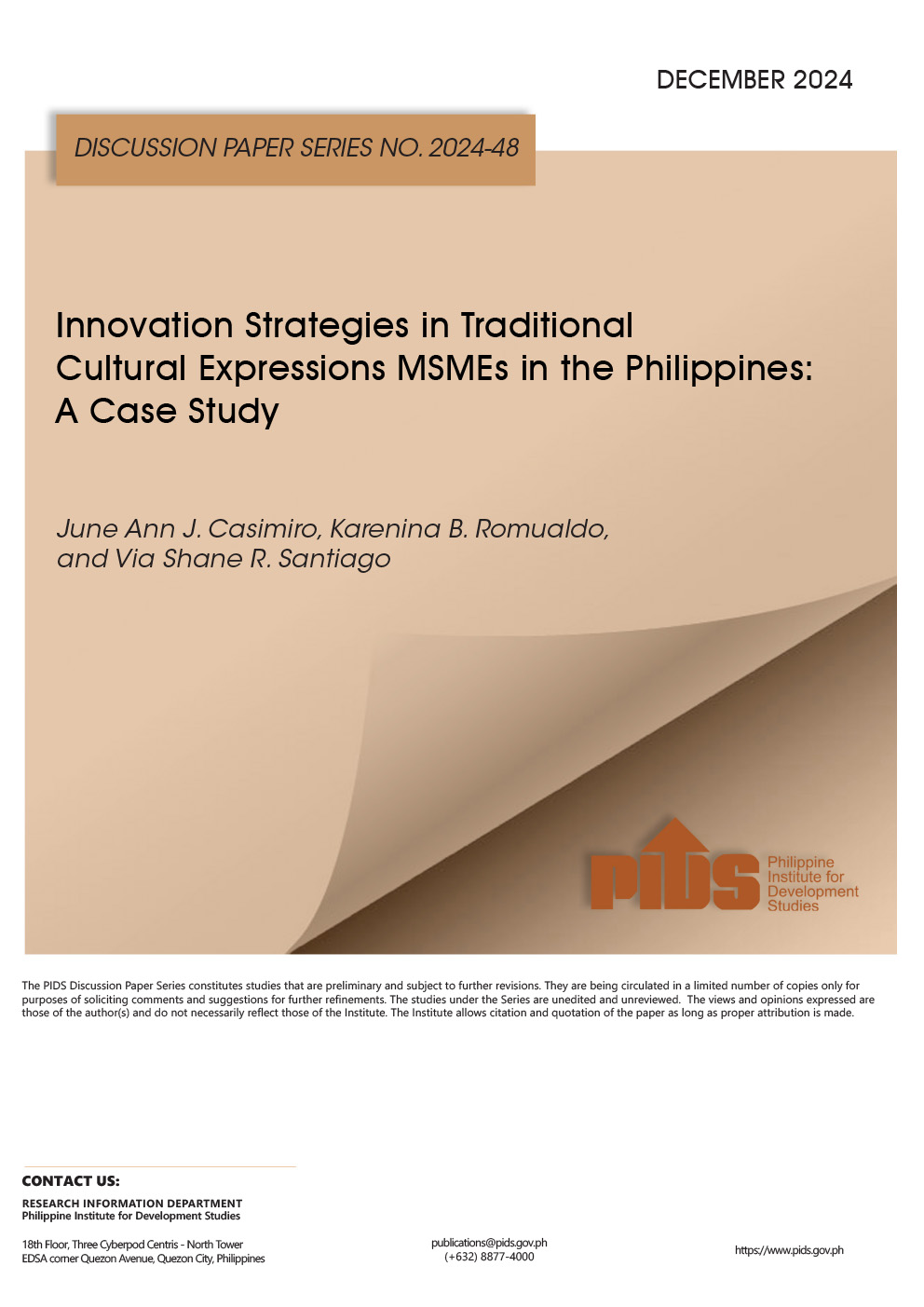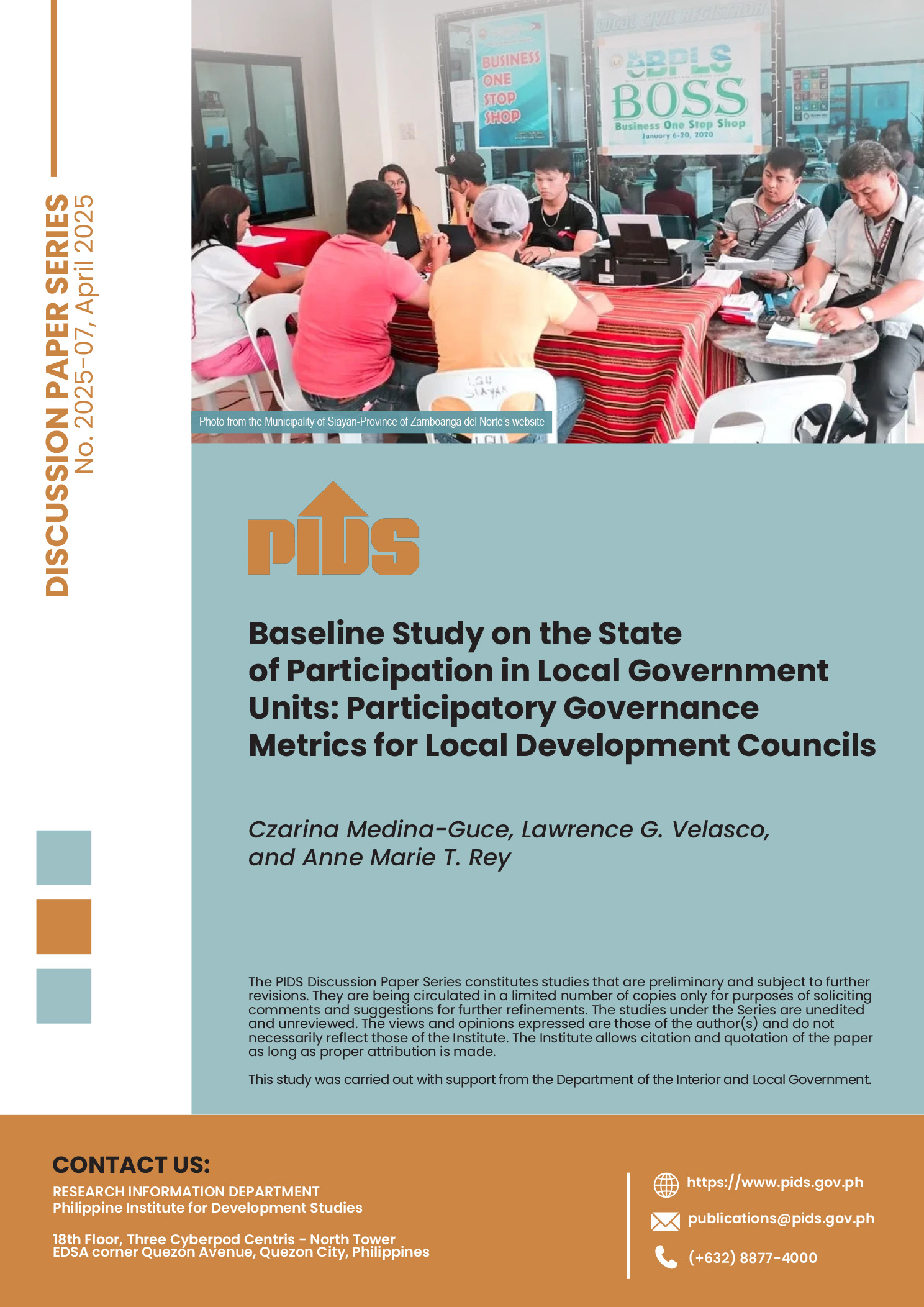New ways of leveling up the advantages of export processing zones (EPZs), such as by transforming them into trade facilitation centers, can raise their relevance in an increasingly integrated regional market, according to a recent study of the Philippine Institute of Development Studies (PIDS) submitted to various government and private entities. EPZs and special economic zones (SEZs) in the Philippines mainly serve to improve the competitiveness of industries by reducing locators’ operating costs.vThey offer fiscal incentives, provide better infrastructure and facilities, streamline customs and business registration procedures and liberalize foreign exchange policies. Zones specifically administered by the Philippine Economic Zone Authority (PEZA) managed to attract foreign direct investments (FDIs), boost export activity and create employment opportunities. FDIs approved by PEZA grew by 23 percent yearly on average from 2006 to 2010. This contrasts with a 13 percent decline on average in yearly FDIs approved by the Board of Investments in the same period. Manufactured exports of PEZA-administered SEZs grew from $19.5 billion from 2001 to $28.9 billion in 2009, growing by five percent yearly on average during the period. In contrast, manufactured exports from outside the PEZA’s SEZs went down by nine percent yearly on average during the same period, from $9.1 billion to $4.3 billion. Workers at PEZA-supervised SEZs increased in number by 10 percent yearly on average from 2001 to 2010. The share of PEZA ecozones in total employment nationwide doubled from one percent in 2001 to two percent in 2010. PEZA manages the public SEZs of Baguio City Economic Zone, Cavite Economic Zone, Mactan Economic Zone and Pampanga Economic Zone. It also oversees 304 privately operated ecozones. But the overall performance of SEZs can still be improved, according to a new study released by the P IDS.
“Dynamic economic benefits in terms of domestic investment in ecozones and forward and backward linkages are lacking,” according to study author Rosario Manasan. She also observed a shift in ecozone investments from garments and textiles to electronics and electrical machinery over the last 30 years. This concentration on the capital-intensive and imported input-dependent electrical and electrical machinery sector increases the country’s vulnerability to external shocks, she added. Moreover, some ecozones have investment costs that outweigh their benefits. Infrastructure development costs at the Bataan Export Processing Zone have exceeded the benefits derived in terms of workers’ wages, export and foreign exchange earnings, and government revenues. The Aurora Pacific Economic Zone and Freeport Authority has cost the government some P2.9 billion to invest in an airstrip, port improvements, paving, rehabilitation of the Baler-Casiguran Highway, flood control and other on-site improvements.
Related Posts
Publications
Press Releases
Video Highlights
[No related items]
Infographics
[No related items]






